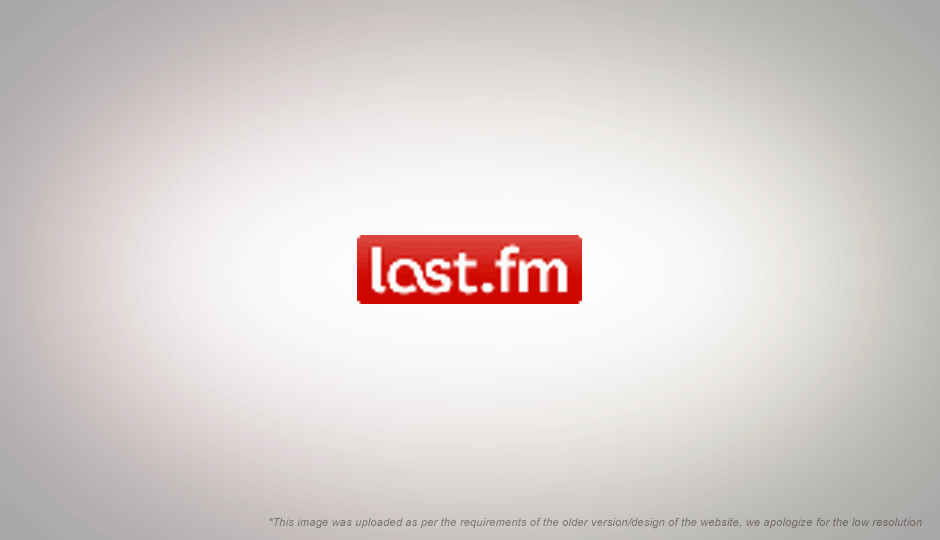Last.fm: Advanced Scrobbling

 Survey
SurveyThe March Issue of Digit detailed how to scrobble to Last.fm from your media player, mobile phone, and other online sources including YouTube and Grooveshark (pg. 48). This article gives a brief overview of some of the major issues in scrobbling in the methods described.
Using QTScrobbler or Zenses to scrobble is very much a hit-and-miss affair. It works on some PMPs, and does not work on other PMPs. You have to necessarily use the MTP mode of your player in order to scrobble, and this often removes some of the advantages of using a player in the non-MTP mode. This means that you cannot use your PMP as a temporary storage solution, or even copy paste songs from the PMP to the host machine directly. Windows has to “extract” the songs from a PMP in MTP mode, and you have to use a media player such as WMP or Winamp to manage the media on the PMP. Additionally, if your player is not in the MTP mode when you started the process of scrobbling, it is necessary to format the PMP, change it to MTP mode, then transfer the songs in MTP mode through a software. This is just too much trouble to scrobble music from your PMP for most people. While Zenses and QTScrobbler do a good job of submitting scrobbles to Last.fm, when they finally work, the timings are not accurate, and an understanding of how this works will help users set accurate time stamps for their tracks.
The information submitted using Zenses or QTScrobbler is not accurate beyond the names of the tracks and the number of times played, and the scrobbler may attribute random timings to the scrobbled tracks. The software based scrobbler we will be using, attribute a time stamp to the played song, based on the length of the song, and calculating backwards from a given point of time. Last.fm’s desktop based scrobbler verifies that the track is played for at least half it’s length, or two minutes, whichever is longer before the track is scrobbled. This checking system cannot be implemented in PMPs, and a play count will be recorded even if you skip the track. If you are using the shuffle mode for example, and continuously skip a number of tracks, all of these tracks will be scrobbled. Be careful of how you use this approach, as you may be banned for scrobble spamming. Scrobble spamming is an offence on Last.fm, where a person can use a number of approaches to wantonly increase the play count on Last.fm. The most common method for doing this is scrobbling from multiple locations at the same time. This not only messes up your listening history, but will interfere with the Last.fm expirience of other users as well. Additionally, if there is too much of this, the Last.fm staff may even ban the API key of the particular scrobbler if too many people use the software for scrobble spamming. If you stream music from Last.fm for some time, and then use this method to scrobble the tracks, the timings of the tracks can overlap, and two songs may even show up with the same time stamp. While Last.fm allows this, it may mess up your database, (and you lose respect in the community) so the best approach is to scrobble your play counts frequently, and as soon as you get access to a computer. This clarification is necessary, as it is possible for someone to un-intentionally scrobble tracks that they haven’t listened to, without knowing that it is happening. Before scrobbling from either Zenses or QTScrobbler, scan the list of tracks about to be scrobbled and delete songs that have gotten skipped.
Rumpus is a great command-line application for cross-scrobbling tracks listenend to on Grooveshark to Last.fm. The latest version is a little buggy, and suffers from feature-bloat. The older version is in the Digit March Playware DVD, which is less complicated to handle, but prompts you at start-up for the latest version. The great thing about Rumpus is that it uses an RSS feed of your listening history on Grooveshark to scrobble to Last.fm. This RSS feed is accessible to anyone, and is a steady stream of the music you listen to. However, it is possible to configure Rumpus in such a way that it reads the feed of any person using Grooveshark to Last.fm. This is pretty useful if a number of people are listening to Grooveshark radio at the same time, and they all want to scrobble. Unfortunately, Rumpus does not allow you to set up multiple Last.fm ids to scrobble to.
If you are using the Last.fm client, and keep it running at all times, the client may pick up multimedia files that you playback on Windows Media Player or Winamp, and scrobble these items as songs. In fact, for some of the more common files, there exist erronous Last.fm listings as well, complete with play counts. To avoid this, either close the Last.fm client or use a player that the Last.fm client does not “collect” from. An example of such a player is VLC. If you use VLC, or any alternate media player for your music, then there probably is a plug-in for the player to scrobble to Last.fm, although it is not listed in the “detection list” of the Last.fm client. The best place to find such nice plug-ins to serve your needs is here